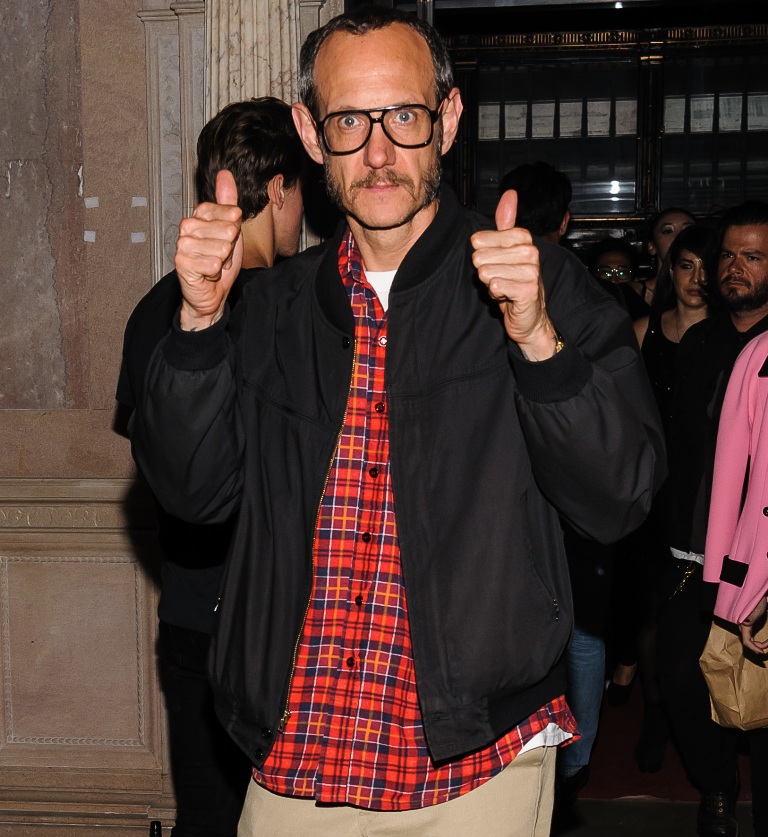At a time when controversial photographer Terry Richardson seems more ubiquitous and prolific than ever — from shooting magazine editorials, major fashion campaigns, even that absolutely wretched Miley Cyrus video – the debate on whether the fashion industry should be using him at all is becoming increasingly heated. Despite years of allegations of sexual harassment by models and the often pornographic nature of his work, the likes of Vogue, Tom Ford, and H&M continue to use him.
Well, not if this recent petition has anything to do with it.
Change.org, a site better known for virtual political picketing than fashion world overhauls, is currently hosting a campaign against Terry, asking big brands to stop using the “alleged sex offender” pronto. “His contribution to society has a bad impact as he is being exposed to the masses with the impression of being well received while there are potentially unethical practices not being shown,” organizer Alice Louise writes. Basically, the industry is playing accomplice to the gross degradation of women in hiring him at all and, perhaps, inspiring legions of future photographer/model abusers.
While I recoil at the stories I’ve heard about Richardson and the young models who have had to endure, for lack of a better word, unpleasant experiences, I have a hard time believing the industry is ever going to drop Terry. Fashion, in all its shiny, superficial glory, is notoriously forgiving when it comes to the flaws of their inner circle, especially if said flawed individual keeps bringing in the gold. After being ceremoniously dropped by a whopping seven clients after her 2005 coke scandal, Kate Moss returned to the magazines and billboards with lightening speed, going on to double her salary. Earlier this year, model-of-the-moment Cara Delevingne was accidentally caught (oops) as she dropped a bag of coke from her purse. The story barely made a blip on the radar, and surely didn’t stop people from hiring her.
The difference, of course, is that Richardson’s reported sexual abuse affects other people, whereas drug problems are essentially personal ones. In fashion, you can do what you want in your personal time, even if that baggage gets aired out in the open, just show up to work and make sure you keep selling our product. End of story.
For Richardson, the impact of his continued presence as a big player in the industry seems even more opaque, in that how many average customers look at a photograph and know that it is his? Though the over-simplified, slick, ring-flash style is instantly recognizable to those in the know, most people probably don’t even think about the person behind their favorite Aldo ad or Justin Timberlake album cover. And, if that’s the case, why would Aldo or Timberlake not use Terry if it doesn’t actually have a negative impact on their sales? If you take out principle, there really isn’t any other reason.
While the reality of Richardson might be dark, his images are a glossy, tasty dish, eagerly consumed by the masses, knowingly or otherwise. I doubt the industry will turn their back on someone whose work translates into sales. After all, in fashion it’s what’s on the outside that counts.
Photo credit: Wenn.com




-300x169.jpg)












